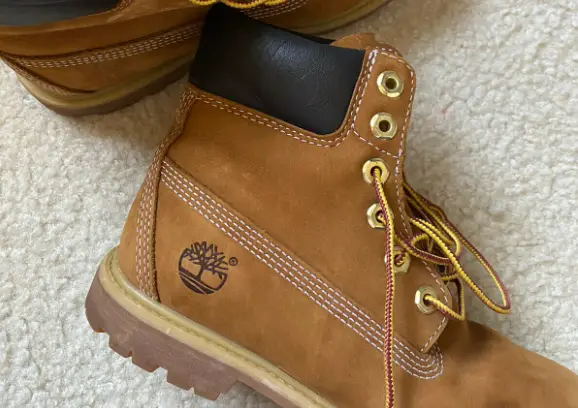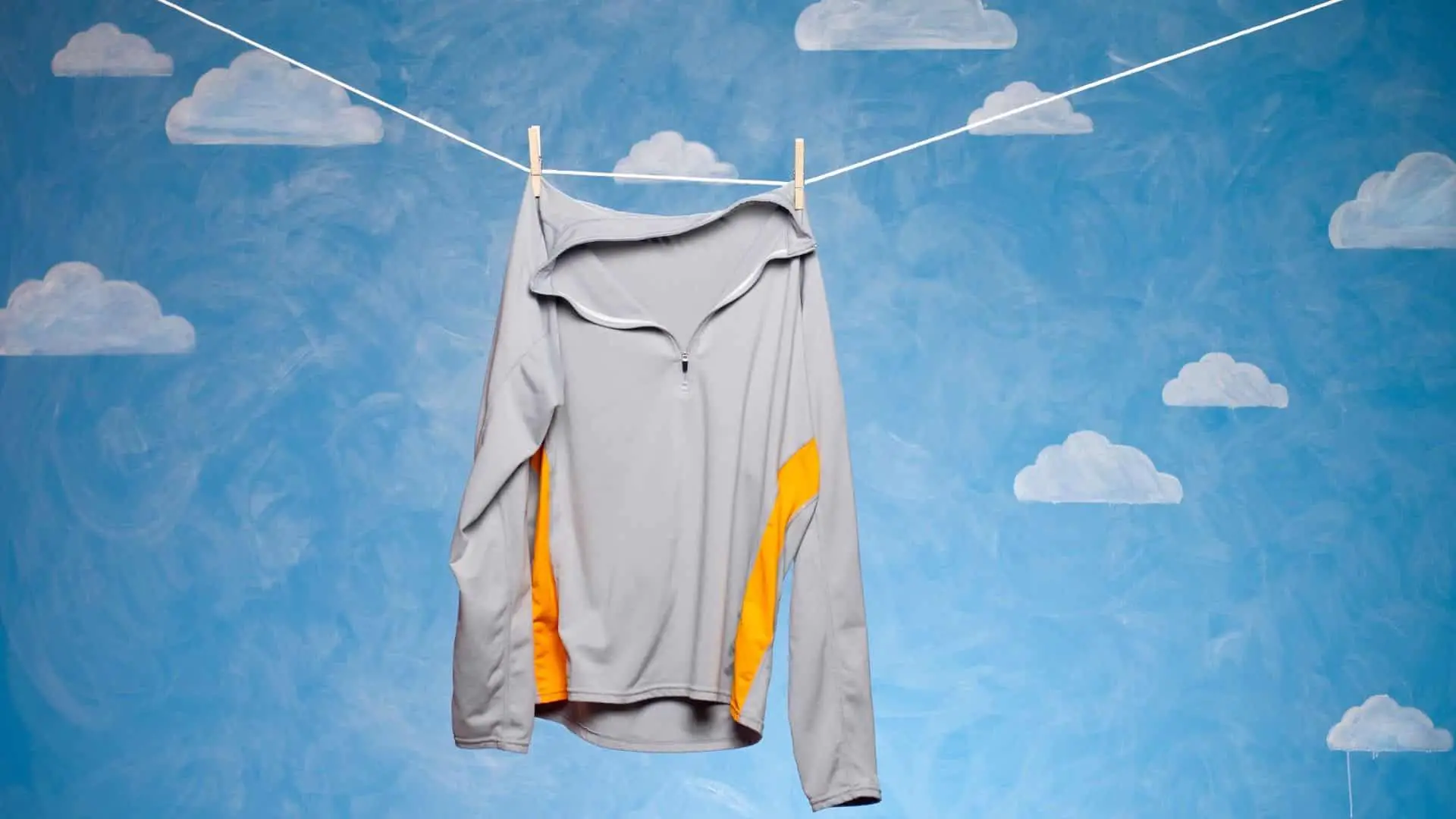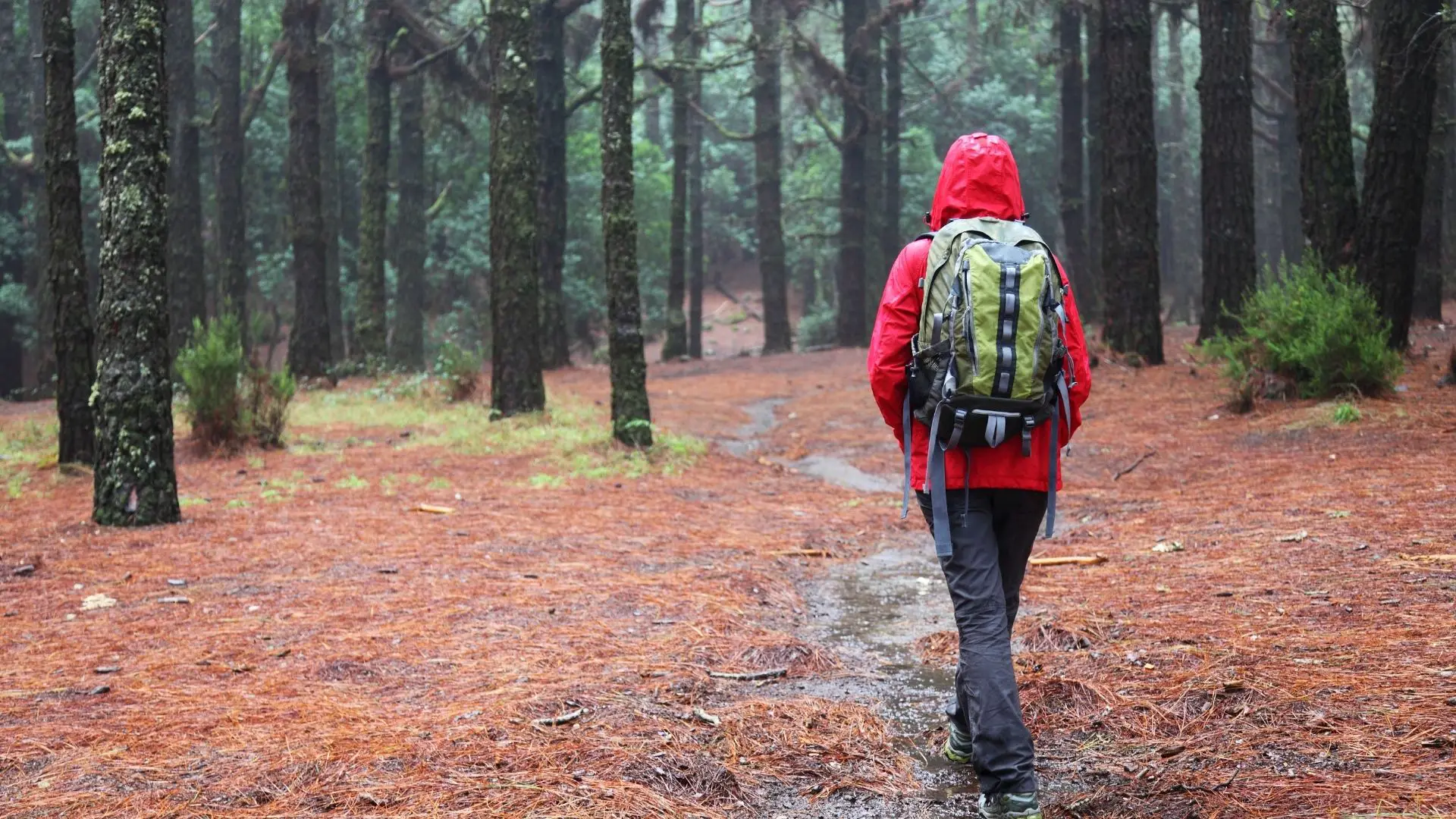Aren’t all tents waterproof? That’s a very important question that doesn’t have a simple answer. It seems like tent manufacturers are purposely vague when discussing waterproofing. They talk about DWR Coatings and waterproof ratings, but they skate around weather or not the tents actually waterproof. So are tents waterproof?
No, most tents are water resistant and not actually waterproof. The average tent (1000-2000mm Rating) can handle your typical rainstorm, but may leak in heavy rain/wind. You have to spend big money to buy a tent with a 3,000mm HH rating that would be considered waterproof in most conditions.
I’m not saying that you need to go out and buy an expensive tent. You probably don’t even want a completely waterproof tent. Most people can get buy with a cheap tent and $20 worth of seam sealant and waterproofing spray. Keep reading to find out how to make sure your tents waterproof.
Table Of Contents
Are Tents Waterproof? Waterproof vs Water Resistant
Aren’t all tents waterproof? I hate to break your bubble, but most tents aren’t actually waterproof. They’re actually water resistant, which means they’ll slow down water penetration. A tent will keep out rainwater for a while, but it won’t completely prevent rain from entering your tent.
Tents usually come from the factory with a water repellent coating. That’s all the vast majority of people need and the occasional drop of water entering your tent isn’t going to kill you. It’s probably less water than you’ll end up with the morning condensation.
You can improve your tents waterproof rating with products like KIWI Camp Dry and Nikwax Tent and Gear (my favorite). Just spray it on the outside of a clean tent and let it dry. You may also want to go over all your tent seams with Seam Grip Waterproof Sealant since that’s where the majority of leaks occur. It’s basically just a glue that goes over the tent seams and fills in all the gaps.
Waterproofing products won’t make your tent completely waterproof, but that’s actually a good thing. Keep reading to find out why you probably don’t want a waterproof tent.
Why Don’t I Want A Waterproof Tent?

A completely waterproof tent would be uncomfortably hot in the summer and be a recipe for condensation. All the seams would have to be sealed, windows would be stuffy and there wouldn’t be natural airflow. You would end up with an ungodly amount of condensation. I wouldn’t want to sleep in that thing.
I’m sure there are a few manufacturers that make completely waterproof tents, but the average consumer grade tent will only be water resistant. Any tent from one of the high end tent manufacturers offers more than enough waterproofing for the average person.
Go with a tent from an established brand like Marmot, Kelty, Big Agnes, Black Diamond, Mountain Hardware Etc. A $20 Walmart is good enough 99% of the time, but it’s not going to hold up in a downpour.
Water Resistant: Water resistant offers a lower level of protection against water, but it’s all most people need. It keeps out most of the water, but it will eventually let in water. Basically if there’s a flood you’re gonna get wet. There’s no way to keep 100% of water out of a tent.
Applying Waterproof Coatings At Home
Most tents come with a thin waterproof coating (DWR) on the outside of the tent fabric. It’s usually some type of polyurethane or Silicone sealant that’s applied across the entire tent surface. These coatings can really ramp up your tents waterproofing rating, but they will eventually wear off.
I recommend spraying your tent with a waterproof coating at the beginning of every camping season. There are a bunch of different brands available, but KIWI Camp Dry is sold at most camping stores (probably Walmart). Just setup your tent in the yard, spray on a thin layer and let it dry. You should also apply it to your backpack, sleeping bag, rain jackets, etc.
You might want to check over all your seams after 3-4 years of moderate use. Brush on Gear Aid Seam Grip to seal up all your seams and stitching that could have came loose over the years.
Buy a Tent Rainfly
Rainfly’s offer additional protection from the elements without messing with your tents ventilation. It’s just a tarp that goes up over top of your tent to drain water away. Tents that come with rainfly’s usually have a screened roof to improve ventilation, but you can add a rainfly over any tent.
The top 50% of the tent is usually a mesh material so you’d have problems without the rainfly. You may not even realize that your tent already has one. They’re pretty streamlined at this point. If there’s a detachable piece of fabric over your tent, than you have a rainfly.
Rainfly’s allow you to maximize ventilation in nice weather without negatively affecting waterproofing in a downpour. The added ventilation helps with condensation inside your tent as well.
For Most People Water Resistant Is Better Than Waterproof
Very few people should go with a completely waterproof tent. They’re very expensive and really uncomfortable on the typical summer camping trip. My idea of a fun family camping trip doesn’t include sweating bullets all night long because there’s no airflow.
The vast majority of people should go with the cheapest tent that’s big enough for their entire family. A cheap tent is all you need unless you plan on making camping a weekly activity. I bought a $25 Ozark Trail Tent a few years ago to setup at an outdoor concert and that things still going strong. I bring my good tents on backpacking trips, but a cheap tent
Check Your Waterproof Ratings
You can figure out how waterproof your tent is by checking its waterproofing ratings. A tents waterproof rating is measured in millimeters. The waterproofing range is usually between 1,000mm to 10,000mm. A higher range means that your tent should be better at keeping out water. That’s assuming you keep up on sealing the seams and regularly apply waterproofing sprays.
Not all tents will come with a waterproof rating. There’s such a big quality difference from one tent to the next that it would be impossible to give them a rating. Cheaper tents rarely have more than a basic coating that was applied as part of the manufacturing process. They leave the seams wide open and you’ll probably deal with moisture in heavy storms.
There’s no industry standard, but most tent fall into one of three categories. Water resistant fabrics which is tightly knitted fabric that repels water. Then you have tents with an applied DWR (Durable Water Repellent) coating over water resistant fabric (this is where most tents lie). Waterproof tents add a 3rd layer of protection by using sturdier fabric with sealed seams and less ventilation.
So What’s a Good Hydostatic Head Rating? Aim for a tent that has a 2000mm(most common)-3000mm waterproof rating. Tents with a 2000mm should be able to handle heavy rain, but they might have issues with gale force winds. A 3000mm tent can handle anything life throws at it. Some of these tents are designed to handle hurricane rain/wind.
How To Tell If My Tents Waterproof
Figuring out if your tent is waterproof is easier said than done. You have to inspect the walls, floor, seams, and all the little stitches. Every little tear and hole will allow rain to get into your tent. Luckily you can usually patch and repair problem areas.
Pitch your tent in a dry area to inspect it for leaks. I like to use a hose to simulate rainfall and look for leaks.
Start off by inspecting the sides of your tent near the door way. Doorways and windows are the usual problem areas. That’s where you have a bunch of seams that get pulled on as you zip and unzip tent flaps. Any little tear needs to be sewn up and patched using seam sealant (my favorite).
Move onto your floor checking mostly for punctures. Oversized ground cloths (tent footprints) cause the vast majority of problems in tent floors. A ground cloth that hangs outside the edge of a tent will direct water underneath the tent causing water pooling. Keep your footprint tucked 2-3 inches inside the outer edges of your tent.
This is harder than it looks but you need to look at all the seams throughout the tent. Don’t even fool around! Spend a few bucks on seam sealant (Gear Aid Seam Grip is excellent) and apply it to every seam in your tent. It shouldn’t take longer than 20-30 minutes to finish both the inside and outside of your tent.
Go With a Bathtub Floor
Try to find a tent that has a waterproof “bathtub floor”. A bathtub floor has sides that run a few inches up the wall of your tent. It’s basically a bowl so pooling water can’t get up to the first layer of seams where the floor attaches to the tent walls.
You’ll also want to make sure there’s no seams on the tent floor. It doesn’t matter how good your tents waterproof rating, water will find its way through your seams eventually.




